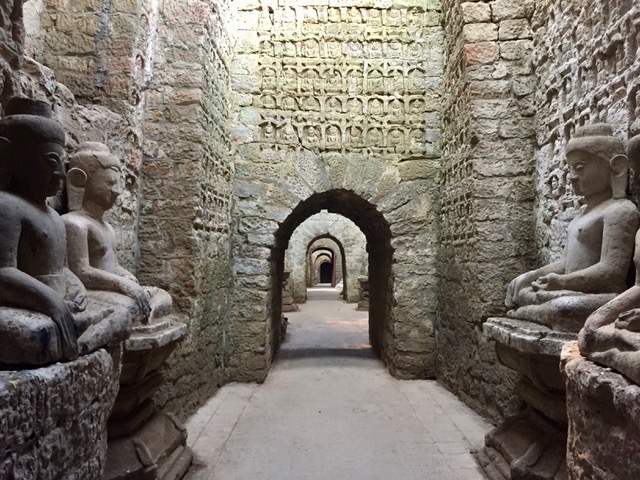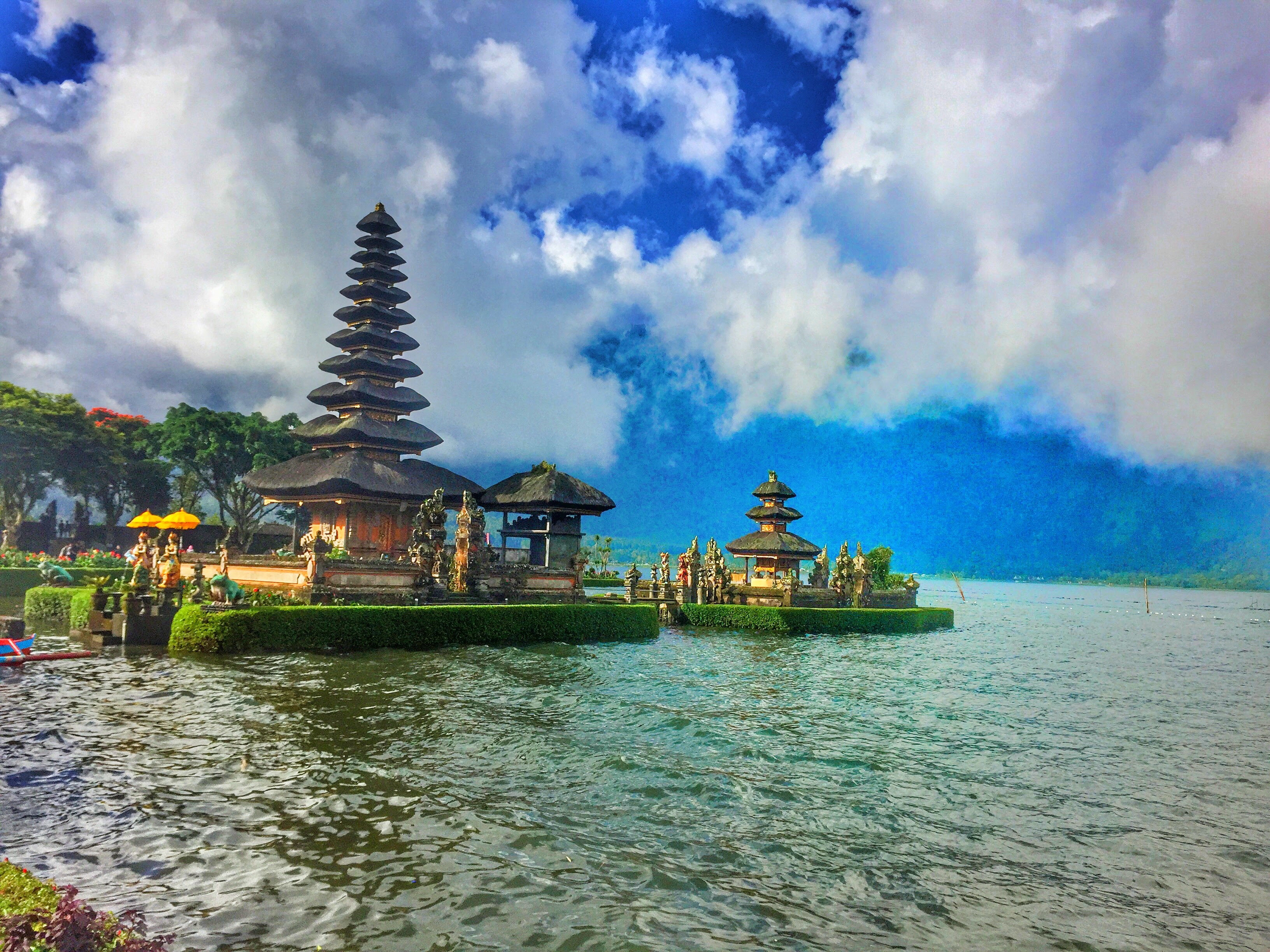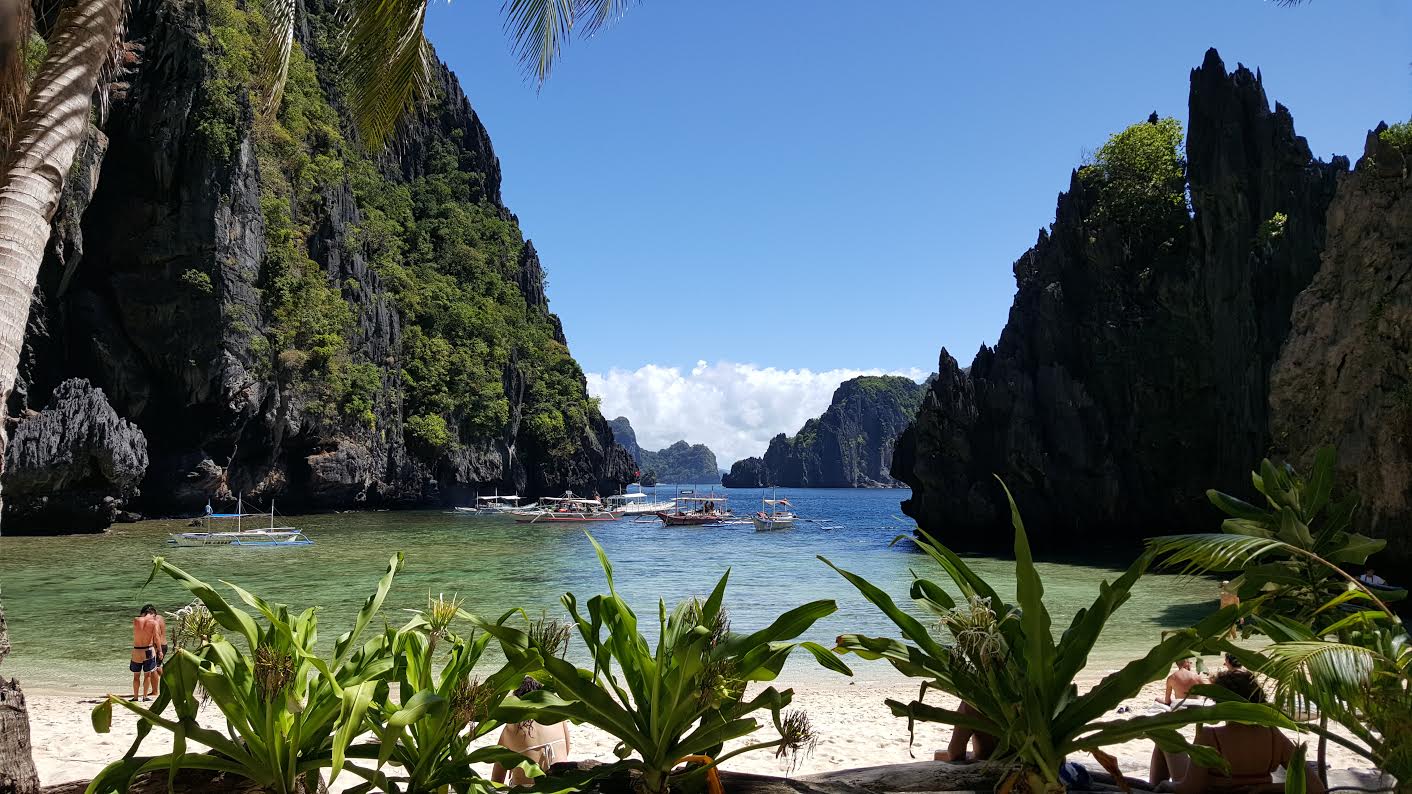[disclose]
Myanmar is a beautiful country – we last visited in December 2017. At the moment, we are conflicted about posting anything related to Myanmar because of the persecution of the Rohingya people and continuing suppression of the freedom of the press. That said, we do not want to impose our views on our readers, and if you decide to go, here are some tips from Chris of No Guidebooks on how to best get around.
If you would like to write about your recent travel experiences on The Flight Deal, submit your pitch here.
===
Myanmar is my favorite country in the world.
Among the attractions? Asia’s absolute best Buddhist temple complex, epic rail journeys, remote jungle treks, one of the most fascinating cultural patchworks on the planet, an intriguing history, all manner of jaw dropping natural beauty.
Oh, and 54 million of the world’s friendliest, most kind-hearted citizens to show you around.
The best part? Most of Myanmar is completely free of tourists. The country sees fewer than ten percent of the visitors that deluge neighboring Thailand.
Overview
Nestled between regional heavyweights India, China and Thailand, Myanmar—formerly known as Burma—tucks up against the Himalayas, while the Andaman Sea and the Bay of Bengal lap at its 1385 mile (2228 km) coastline.

Ko Thaung (“Shrine of 90,000 Images”), one of the star attractions in Mrauk U, the 16th century Buddhist kingdom in Rakhine State – Photo: (c) 2019 – Christopher Nowakowski of No Guidebooks
While frequently turning its guns on its own people, longtime military rule nearly drove Burma to the brink of economic and social collapse. By 2011 Myanmar was a global pariah, renowned human rights abuser and one of the poorest nations on Earth.
Recent years have seen free elections and a transition to a representative form of government, but the military retains significant power. Ongoing ethnic and religious strife has placed Myanmar in the headlines for all the wrong reasons, dampening international enthusiasm and visitor numbers.
When To Go / Weather
The tourist season runs from November through March, with January seeing the most arrivals. Plenty of sunshine, lack of rain and reasonable temperatures make any of these months perfect for visiting. I find February/March to be the right balance of excellent weather and smaller visitor numbers.
Be conscious of mid-April travel during Thingyan, the multi-day Burmese New Year celebration, as transport books out well in advance or shuts down entirely.
Late spring sees excessive heat and humidity: 105F (41C) and 80% are not unheard of. While nowhere near as pronounced as the monsoon in India, summer rains can be significant. Dirt roads turn to mud, beaches close up shop, clothing never dries.

Village kids on the banks of the Irrawaddy River in Yenangyaung. – Photo: (c) 2019 – Christopher Nowakowski of No Guidebooks
Entry Visa
Western nationals require a visa to visit Myanmar.
28-day tourist visas are issued through the Ministry of Labour, Immigration and Population. Visas are valid for 90 days from issue, so don’t apply too far in advance. Luckily the process is quick and relatively painless.
Go to the website below, start a new application, enter your basic travel plans (point of entry and first night hotel accommodation required), upload a passport photo, pay US$50 and wait a few days.
Visit the Myanmar eVisa website details the necessary steps.
- Visas are digital, but be certain to carry a paper copy when entering the country.
- Overstaying your visa will cost US$3 per day, but it will also likely prevent you from boarding a domestic flight and perhaps staying at a guesthouse or hotel. Proceed with caution.
- Myanmar has a Visa on arrival system in place for most of its ASEAN neighbors (Thailand, Cambodia, Laos, Vietnam, Indonesia, Brunei, Philippines) and is in the middle of an experimental program involving Japan, South Korea, Hong Kong and Macau. Other countries may be added in the future.
Getting There:
Air
Flights to Myanmar arrive at one of three airports—Yangon (RGN), the largest, most popular city; Mandalay (MDL), the second city and culture capital of the north; Naypyitaw (NYT), the exceedingly odd and new purpose-built capital smack in the middle of the country.
The vast majority of tourists land in Yangon on hour and twenty minute flights from one of Bangkok’s two international airports, Suvarnabhumi (BKK) and Don Mueang (DMK). Figure on US$100 each way with checked bags.
Yangon also hosts a wide variety of direct international flights—Singapore, Tokyo, Seoul, Dubai, Kuala Lumpur, Hanoi, Doha.
Besides several Chinese destinations, Mandalay has direct connections with neighboring Thailand—Bangkok and Chiang Mai.
Naypyitaw caters to the government crowd and offers nonstop flights to/from Bangkok and the Chinese city of Kunming.
Land
Four land crossings with Thailand are open to western eVisa holders. Myawaddy/Mae Sot makes for a convenient overland route from Bangkok. Check this post for the most detailed information.
Getting Around
Motorbike taxis, tuk tuks, regular taxis, ox carts, buses, bicycles, trains, boats, horse drawn carriages…
Buses are the most straightforward mode of long distance transportation, but trains are eminently more enjoyable and memorable, if a bit dated. And bumpy! They are certainly bumpy. Read this post for a taste.

The 424-foot tall Laykyun Sekkya Buddha; the world’s 3rd tallest statue is climbable and packed with vivid depictions of Buddhist heaven and hell.
– Photo: (c) 2019 – Christopher Nowakowski of No Guidebooks
Money
Burmese currency is the kyat (pronounced “chat”). Current exchange rates are about 1,500 kyat per US dollar. Denominations run from K50 all the way up to K10,000, so the largest bill is worth just under US$7.
Myanmar is a largely cash-bashed society, so make sure to plan ahead. There are opportunities to utilize credit cards and net a few points, but outside of nicer hotels or guesthouses those chances will be few and far between.
ATMs are widely available in the main tourists centers, but their frequency diminishes the farther off the beaten path you venture. Cash withdrawal fees run up to 5,000 kyat (US$3.40) per transaction, so either use an ATM card that reimburses fees, plan to carry a thick wad of kyat or bring US dollars that can be exchanged as necessary.
It always makes sense to carry a stash of US dollars when traveling through the developing world, but it is especially true in Myanmar. ATMs quit working without notice and have been known to ask for nonexistent 6-digit PIN codes. Power cuts happen. Be prepared. Bring a few hundred dollars of large bills (for a better exchange rate) in excellent condition to supplement ATM use as needed.
My strategy—ATMs to obtain kyat (with a card that reimburses fees), US dollars as backup. While I always pack US dollars, I have never used or exchanged them in Myanmar.

Most popular among women and children, thanaka is ground up tree bark mixed with water and applied as a traditional cosmetic and sun protection.
– Photo: (c) 2019 – Christopher Nowakowski of No Guidebooks
Internet / Mobile:
Wifi is pretty poor throughout Myanmar. I strongly suggest picking up a local SIM card. There are three options—MPT (Myanmar Posts and Telecommunications), Ooredoo and Telenor (Editor’s Note: We have used Telenor and found it to be reliable throughout the country).
I didn’t care for Ooredoo’s coverage, so I gave MPT a shot during my second trip and found the service to be excellent all around. 8GB of data plus a balance for local calls with 30 days validity cost 8,500 kyat (US$5.58) at Yangon’s airport.
Kiosks in both Yangon and Mandalay airports sell all three services. Scratch-off refill cards are available everywhere.
Language
Most locals involved in tourism will speak just enough English to do business. Burmese isn’t the world’s easiest language to learn, but a few words will go a long way. “Min ga la ba” = hello. “Chay zu di mar eh” = thank you. “Tut tut lo” = lifeless, perfect for vegetarians. Download the TT Keyboard app to your phone and install the Burmese keyboard. Now a Burmese speaker can type in their native script and you can translate as needed.
Time
Myanmar resides in one of those weird half hour time zones, thirty minutes behind Thailand. No daylight savings time means GMT+6.5 year round. That is 10.5 hours ahead of New York during summer, 11.5 in winter.
About the Author:
Christopher Nowakowski is a frequent traveler, freelance writer and avowed train enthusiast. Despite leading to the occasional hospital visit, he still believes in getting off the beaten path as much as possible.
You can follow him on his No Guidebooks blog. Read about his trips to Myanmar here or catch up with his latest adventure on Instagram or Twitter.
=====
To make sure you receive our latest deals, LIKE our The Flight Deal Facebook Page, follow us on Twitter @TheFlightDeal, Threads @TheFlightDeal or The Flight Deal WhatsApp channel or subscribe to The Flight Deal RSS Feed or Subscribe via Email (Once a Day)
The Flight Deal does not sell travel products or services. We provide you with information about third-party travel suppliers’ offers, and link you to their sites. The information posted by The Flight Deal is valid at the time of publication. However, we have no control over the suppliers, and we therefore do not warrant or guarantee that their offers will not change or become unavailable. Nor are we responsible for their products, services or site content. Please see their sites for their most up-to-date offer information and all applicable terms and conditions.
Sign up to receive The Flight Deal Daily DealsLetter, to stay up to date with the latest and greatest flight deals available.




Really want to emphasis to bring large bills in mint condition for exchange. Large bills get the highest exchange rates. A small Mark or tear on a bill will disqualify it.